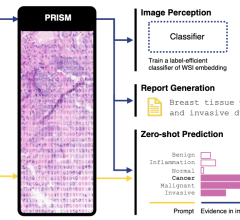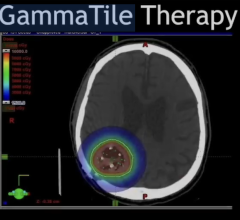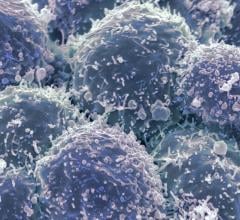
October 20, 2009 - 2-18F-fluoropropionic acid (18F-FPA) as a PET tracer for imaging prostate cancer has potential for use in the clinical diagnosis of prostate cancer in humans.
In a study by Naga Vara Kishore Pillarsetty, Ph.D., Blesida Punzalan and Steven M. Larson, M.D., of the department of Radiology, Memorial Sloan-Kettering Cancer Center, New York, N.Y., set out to evaluate the potential of 18F-FPA as a PET tracer for imaging prostate cancer.
The researchers synthesized 18F-FPA starting from methyl-2-bromopropionate. Small-animal PET studies were performed on mice with CWR22rv1, PC-3, DU-145, and LNCaP prostate xenografts, and comparison of imaging characteristics of 18F-FPA with 18F-FDG uptake is reported. Biodistribution studies with 18F-FPA were performed on mice with CWR22rv1 xenografts and compared with 14C-acetate.
The researchers found that18F-FPA was synthesized in 44 percent overall radiochemical yield (decay-corrected). Small-animal PET studies revealed that 18F-FPA can delineate both androgen-dependent and androgen-independent prostate xenografts with high tumor-to-background ratios. Comparative imaging studies demonstrate the superior performance of 18F-FPA over 18F-FDG for imaging prostate cancer, with excellent tumor-to-background contrast.
The data presented here indicate that 18F-FPA accumulates in prostate cancers with high tumor-to-background ratios, showing 18F-FPA as a PET tracer for imaging prostate cancer has potential for use in the clinical diagnosis of prostate cancer in humans.
Source: JNM 2009 50: 11A-12A.
For more information: jnm.snmjournals.org


 July 30, 2024
July 30, 2024 








